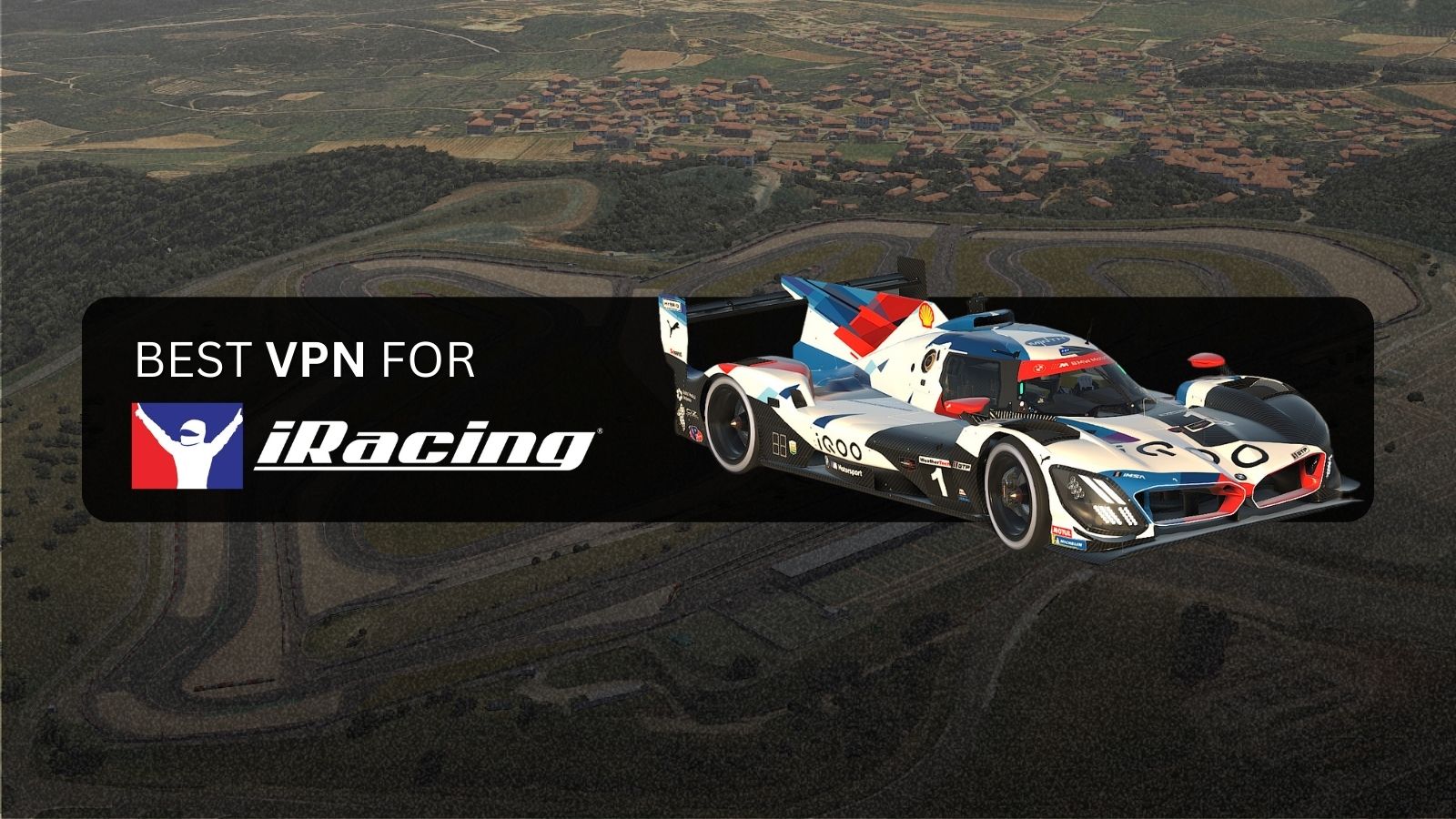
5 Best Motherboards for Ryzen 7 3700X in 2021 – Push the Zen 2 Architecture to Its Limits
Even if AMD’s 5000 series has been out for a few months now, you can actually still get a lot of performance out of the older generation of CPUs, especially since you can find them at great prices. In addition, the core count has not changed from one generation to the next, which means that multitasking is almost just as strong on the 3000 series.
To top things off, AMD has kept their promise in regards to motherboard compatibility, which means that you don’t have to look for an older motherboard in order to use a Ryzen 7 3700X. Hence, you can definitely go for an X570 or a B550 as well, so you are not stuck with B450 or the X470 boards.
With so many models to choose from, it's no wonder that many people have a hard time making a choice. Hence, here are our recommendations for the five best motherboards to pair with the AMD Ryzen 7 3700X.
1. Asus AM4 TUF Gaming X570-Plus
VRM and RAM speed: Since this is an X570 board, overclocking is pretty much required, otherwise you are basically throwing money away for nothing. The VRM is designed to help you get the most out of your CPU, and there’s also a lot of cooling to keep the temps down while doing so.
As we all know, CPU frequency can sometimes stop being relevant if your RAM can’t keep up. On this board, that should not be a problem. The BIOS allows you to run your memory at speeds of up to 5100MHz, provided you have the know-how to push your kit this high.
PCI-Express and storage: You get two PCI-Express x16 slots to play with, one of which is reinforced with metal to prevent GPU sagging. Since running SLI setups is no longer viable nowadays, two slots should be more than plenty, at least if you don’t require many add-in cards. There are two extra x1 slots as well for less demanding components.
In terms of storage, there are two M.2 slots you can populate, although only one of them is protected by a heat sink. It should also be noted that even though there are only four SATA 3 ports in the usual spot, there are actually four more of them at the bottom. It can be easy to miss them, and that would seriously limit your storage options.
Rear I/O layout: There’s nothing too special in terms of USB connectivity, but at least you get both generations of USB 3.2. In addition, there’s an extra Type-C port as well, which comes in handy nowadays. There are even two video outputs in the form of HDMI and DisplayPort, just in case you decide to replace your 3700X with one that features an integrated GPU.
The only Ethernet port integrated into the board is a simple 1Gbit one, which is not at all special in today’s market. Thankfully, at least you get a Wi-Fi module as well, so you can say goodbye to cables if they are a problem for you.
Extras: Although this is a fairly low-priced X570 board, you still get some extra perks that are usually not part of the B550 line-up. Extra fan headers certainly come in handy, although don’t expect a whole lot of them. In addition, PCI-Express Gen 4 is also supported.
Pros
- Great overclocking capabilities, thanks to the top-notch VRM
- Amazing RAM speeds in OC mode
- Reinforced PCI-Express slot for the GPU
- Two M.2 slots, one of which has a heat sink
- Wi-Fi and Bluetooth modules
- DisplayPort and HDMI outputs
- USB Type-C port
Cons
- A single 1Gbit Ethernet port
2. Gigabyte B550 AORUS PRO
VRM and RAM speed: Given the size of the heat sinks surrounding the VRM, it should be pretty obvious that the Aorus Pro is designed to maximize CPU performance. You might even get away with some overclocking if you play your cards right, even though this is not an X570 board.
The same can be said about RAM speed, which is off the charts for such a relatively cheap motherboard. In fact, Gigabyte’s tech sheet advertises higher memory speeds on the Ryzen 3000 series than on the newer 5000 series. Under the right circumstances you can hit up to 5200MHz, which is definitely better than most other boards on the market.
PCI-Express and storage: There are three PCI-Express x16 slots to choose from, although only the top-most one is reinforced with metal for better stability. In addition, all B550 models support PCI-Express Gen 4 as well, which is great if you have an Nvidia 3000 GPU, or an AMD 6000 series graphics card.
Your storage options are pretty good as well. There are two M.2 slots, both of which are covered by heat sinks. Six SATA ports are available for classic SSDs and HDDs as well. However, you should know that one of your PCI-Express slots will become unavailable if you plug anything into the fourth or fifth SATA ports because they share the same bandwidth.
Rear I/O layout: The number of USB ports is pretty staggering for a B550 board, at least until you notice that half of them are USB 2.0. Even so, many peripherals do not require higher speeds than that, so it’s nice to have them regardless. There are also 3 USB 3.2 Gen 1 and two USB 3.2 Gen 2 ports, plus an additional USB 3.2 Gen 2 Type-C.
Another surprise comes in the form of a 2.5Gbit Ethernet port, which is actually very rare to see in this price bracket. On the other hand, this comes at the expense of Wi-Fi, which is missing entirely from this board.
Extras: Most of the extras you get relate to RGB headers and fan headers, which is still better than nothing. Modern systems and cases usually come with all sorts of bright lights, so it’s definitely nice to be able to make full use of them. Other than that, there’s also a BIOS flashback button on the rear I/O, which can definitely come in handy.
Pros
- Three PCI-Express x16 slots
- Two M.2 slots with heat sinks
- Great USB connectivity on the rear I/O
- Decent VRM and great RAM speeds
- Plenty of fan and RGB headers
- 2.5GbE Ethernet port
Cons
- No Wi-Fi module
3. MSI MAG B550 TOMAHAWK Gaming
VRM and RAM speed: The Tomahawk series from MSI has been a fan favorite for many series, and the B550 model continues the tradition. As such, this board offers one of the most robust VRMs in this price range, while still being relatively affordable. In fact, there’s very little separating it from the more high-end X570 models in this regard.
RAM speeds are great as well, especially if you use the OC modes provided by the BIOS. Depending on your kit, you can reach speeds of up to 5100MHz, although it’s probably going to be pretty hard to achieve that with most memories available on the market today.
PCI-Express and storage: The two PCI-Express slots should cover your needs if you are not planning on going too crazy with add-in cards. In addition, one of the slots is also reforced, which is not something you get from the cheaper models. Two extra PCI-Express x1 are available as well for specialized peripherals.
Both of the M.2 slots available are covered in heat sinks, which should keep them cool at all times. Obviously, PCI-Express Gen 4 speeds are supported as well, at least if you manage to get your hands on a good NVME drive. Six SATA ports are available on the board for your classic drive needs.
Rear I/O layout: The USB connectivity is where this board suffers the most. In essence, you get a grand total of six USB ports, one of which is Type-C. Two of them are also USB 2.0, which means that you are severely limited in terms of speed. All other ports are USB 3.2, two of which are Gen 1.
On the other hand, the good news is that you get two Ethernet ports instead of one, and you get to choose between 2.5Gbit and 1Gbit. This is definitely a very useful addition. No Wi-Fi or Bluetooth to speak of, however, which can be a bit of a downside if you are used to wireless Internet.
Extras: The Tomahawk excels when it comes to fan headers, which is exactly what a high-performance motherboard should focus on. In addition, there’s also a quick BIOS flash button on the rear I/O.
Pros
- Great VRM power delivery and cooling
- Excellent RAM speeds in OC mode
- Two M.2 slots with heat sinks
- Reinforced primary PCI-Express slot
- A lot of fan headers
- Both 2.5Gbit and 1Gbit Ethernet ports
Cons
- Limited USB connectivity
- No Wi-Fi module
4. MSI MPG B550 GAMING EDGE WIFI Gaming
VRM and RAM speed: The MPG series is a bit overshadowed by the Tomahawk series when it comes to extra features, but it does not skimp in regards to power delivery and VRM cooling. Thanks to this, your AMD Ryzen 7 3700X should be able to run at peak performance, or even a bit over that if you are confident in your overclocking skills.
RAM speeds are on par with the more expensive model as well. If you are using the XMP mode, your memory can theoretically reach 5100MHz, which is definitely amazing. If you are not using the OC mode in BIOS, you can reach 3200MHz with your kits, depending on the model and stability.
PCI-Express and storage: The PCI-Express situation is on par with the Tomahawk model as well. Thus, you get two x16 slots, one of which is reinforced to help with the annoying GPU sagging problem. Two smaller x1 slots are available as well, depending on what kind of add-in cards you want to use.
The two M.2 slots can come in handy as well, although on this model only one of them sports a heat sink. As we all know by now, NVME drives don’t really need that heat sink unless they are Gen 4, so you should be fine without cooling if you are using the older generation of drives. Six SATA ports are also included.
Rear I/O layout: Things are pretty bleak in terms of USB connectivity, which is a problem if you are trying to get a VR setup going. There are four USB 2.0 ports, one USB 3.2 Gen 2 port, two USB 3.2 Gen 1 ports, as well as an extra USB 3.2 Gen 2 Type-C port. The onboard Ethernet port supports 2.5Gbit speeds, which is still a pretty big upgrade for many people.
Unlike the Tomahawk, this board comes with Wi-Fi support and antennae. Obviously, this can be a major advantage in some cases, or it may not see any use at all, depending on your relationship with cables. Two video outputs are available too, depending on whether you need HDMI or DisplayPort.
Extras: The only extra on this board is the Wi-Fi module, as you can probably guess from its name. Even so, there are quite a few fan headers on the PCB, as well as a bit of RGB if that’s your thing. There’s also the fact that the rear I/O shield is integrated into the board, which makes it easier to install.
Pros
- Great for OC enthusiasts on a budget
- Amazing RAM speeds in XMP
- Includes a Wi-Fi module
- Comes with a 2.5Gbit Ethernet port
- The primary M.2 slot features a heat sink
- Decent fan header connectivity
Cons
- Lacks USB connectivity
5. ASRock B450M Steel Legend
VRM and RAM speed: The Steel Legend from ASRock may be pretty old at this point, but it’s still a great choice for your 3700X, especially if you are on a budget. In fact, this board even supports the 5000 series as well, which means that you can upgrade your CPU down the line and not worry about getting a new motherboard as well.
The VRM and power delivery is what sets this model apart from most other B450 models, since it is by far one of the most reliable systems out there. If you are using the 3000 series of AMD CPU, RAM speeds can go up to 3533MHz in OC mode, which is pretty decent, albeit a bit lacking for today’s standards.
PCI-Express and storage: The two PCI-Express x16 slots should be enough for most gamers, especially since one of them is reinforced for extra stability. There is even an extra x1 slot above the primary x16 slot, which can be used for third-party Wi-Fi cards or USB expansion cards.
As far as the storage is concerned, you will have to make do with a single M.2 slot, which doesn’t even have a heat shield. The lack of cooling is not a big issue on Gen 3 drives, but you might be disappointed to find out that you are also getting only four SATA slots as well. This seriously limits the number of drives you can have in your system.
Rear I/O layout: Things are looking good in terms of USB ports. There are four USB 3.1 Gen 1 ports, one USB 3.1 Gen 2 port plus a Type-C of the same generation, as well as two USB 2.0 ports. While not impressive, this is definitely better than other boards in this price range.
Other than that, the Ethernet port is limited to 1Gbit, and there is also no Wi-Fi onboard. This may prove to be a problem for some, but the lack of Wi-Fi is to be expected on budget boards anyway. Two video outputs are included as well, with both HDMI and DisplayPort being available if you decide to switch out your CPU for one with an integrated GPU.
Extras: Extras and ‘on a budget’ don’t mix very well, which is why it shouldn’t come as a surprise that you are not getting anything fancy. Even the number of fan headers is pretty limited. On the other hand, there’s actually quite a bit of RGB on the board, and the black and while color scheme looks pretty nice.
Pros
- Adequate VRM performance
- Decent RAM speeds
- Reinforced PCI-Express slot
- Nice USB connectivity
- Pleasant design + RGB
- Small enough to fit in any case
Cons
- No Wi-Fi or Bluetooth
- Limited storage options










